Optimizing the Effectiveness of Chiller plant
A chiller plant is a centralized system that cools the air for a building or for a collection of buildings and provides the air-conditioning portion of HVAC systems. Heating, ventilation and air-conditioning systems regulate the comfort levels of many indoor environments. The advantages of using a chiller plant are numerous but taking utmost care of the chiller plant is even more important, because doing so will improve it’s efficiency and make its performance a notch better.
Chiller efficiencies have improved significantly during the past 10 years, mostly as a result of new refrigerants and microprocessor controls, as well as improved compressor and motor design. However, high-tech chillers have narrower tolerances, as a result of which service and upkeep are more crucial than ever for keeping them operating at peak performance.
How to optimize the effectiveness of Chiller plant
Optimization is the action of making the best or most effective use of a situation or resource. What this means for a chiller plant is controlling the associated equipment, whether new or existing, to operate as efficiently as possible and ultimately consume the least amount of energy, while meeting the building needs.

1. Keeping an Asset Catalogue, Checklist, Maintenance History
Maintaining a daily catalog or a log for the chiller is still the first step in maintaining an efficiently run chiller plant. There is no substitute for a written log detailing findings from daily inspection of controls in the chiller room because it builds a history of operating conditions, including temperature, pressure, fluid level and flow rate.
2. Running multiple parallel devices optimizes savings
Chiller plant equipment generally runs more efficiently at part-load. Chillers, for example, can run at optimum efficiency somewhere between 40 percent and 60 percent of peak capacity. For cooling towers and chillers, running more equipment maximizes heat transfer surface area at all operating points, which increases efficiency and reduces pressure drops.
3. Regulate speed
Under the right operating conditions, variable speed drives offer significant energy savings. Variable speed drives also act as “soft starters” to reduce the motor’s inrush current to almost that of the full-load running amps. This reduction is important for chillers operating on emergency power generators. Variable speed drives also reduce the mechanical shock of starting large horsepower motors, increasing chiller reliability and life.
4. Controlling the water velocity
A flow rate which is too low reduces chiller efficiency, leading to laminar flow. However, a flow rate which is too high leads to vibration, noise and tube erosion. The minimum flow rate is typically around 3 ft. per second. The maximum recommended flow rate is typically around 12 ft. per second.
5. Keeping the tubes clean
Heat transfer has the greatest single effect on chiller performance. Large chillers can have more than five miles of condenser and evaporator tubes, so high heat transfer is fundamental to maintaining efficiency. Contaminants, such as minerals, scale, mud, algae and other impurities, increase thermal resistance and reduce overall performance. These contaminants accumulate on the water side of heat transfer surfaces in both closed- and open-loop systems. Therefore, it becomes essential to keep the tubes clean.
6. Increase supply temperatures
Implementing supply air temperature reset control can save energy in several ways. First, when cold supply air temperatures are not required, raising supply temperatures can help prevent over-dehumidification of spaces and unneeded latent cooling. More importantly, higher supply air setpoints can allow chilled water supply temperature to be increased, substantially improving chiller efficiency. In general, chiller efficiencies improve approximately 2 percent for every degree that chilled water supply temperature is increased.
Factech Automation Solutions Private Limited is a company which has a complete range of products for enterprise facility management System. To know more about it’s Asset Management & PPM service, please visit factech.co.in
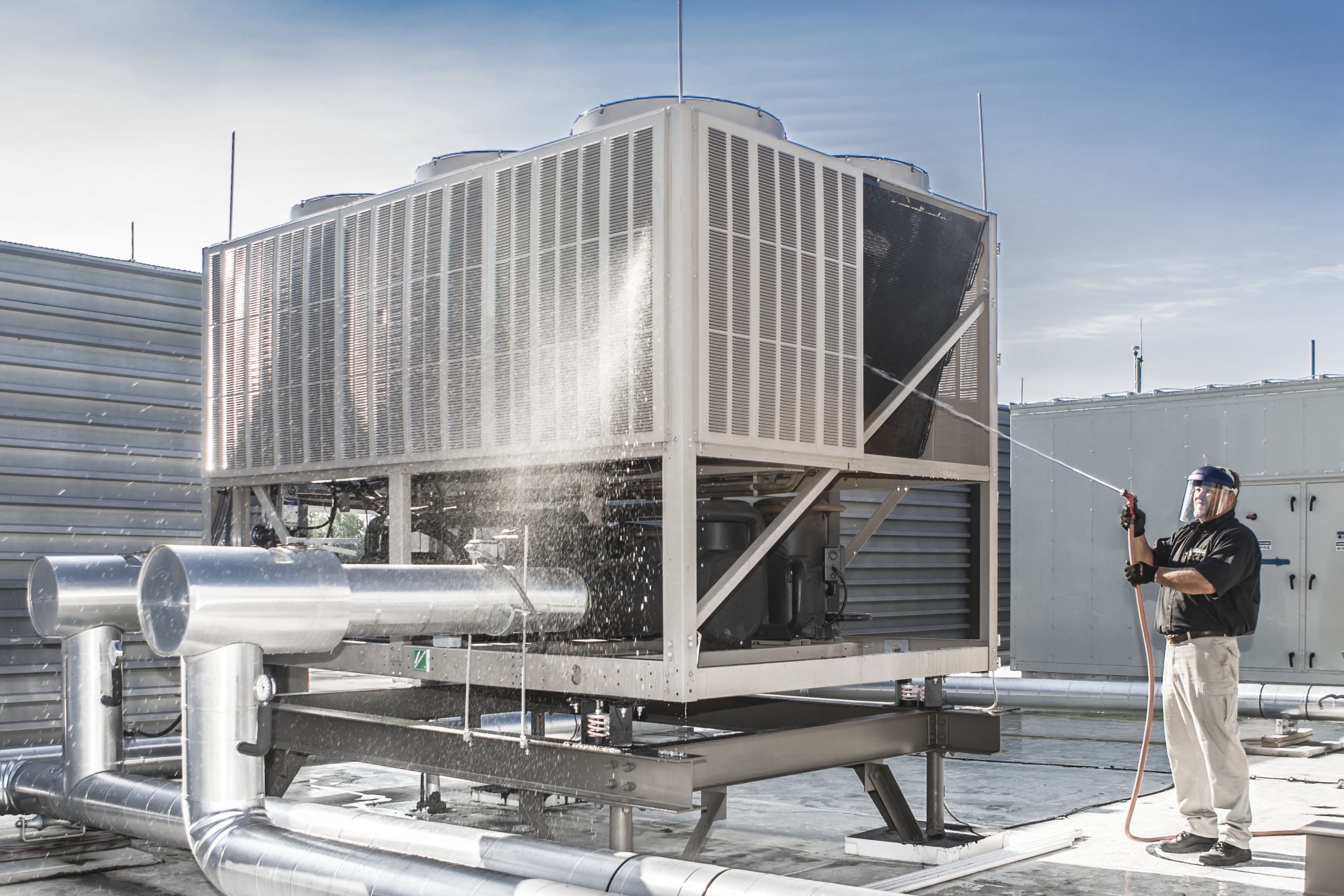





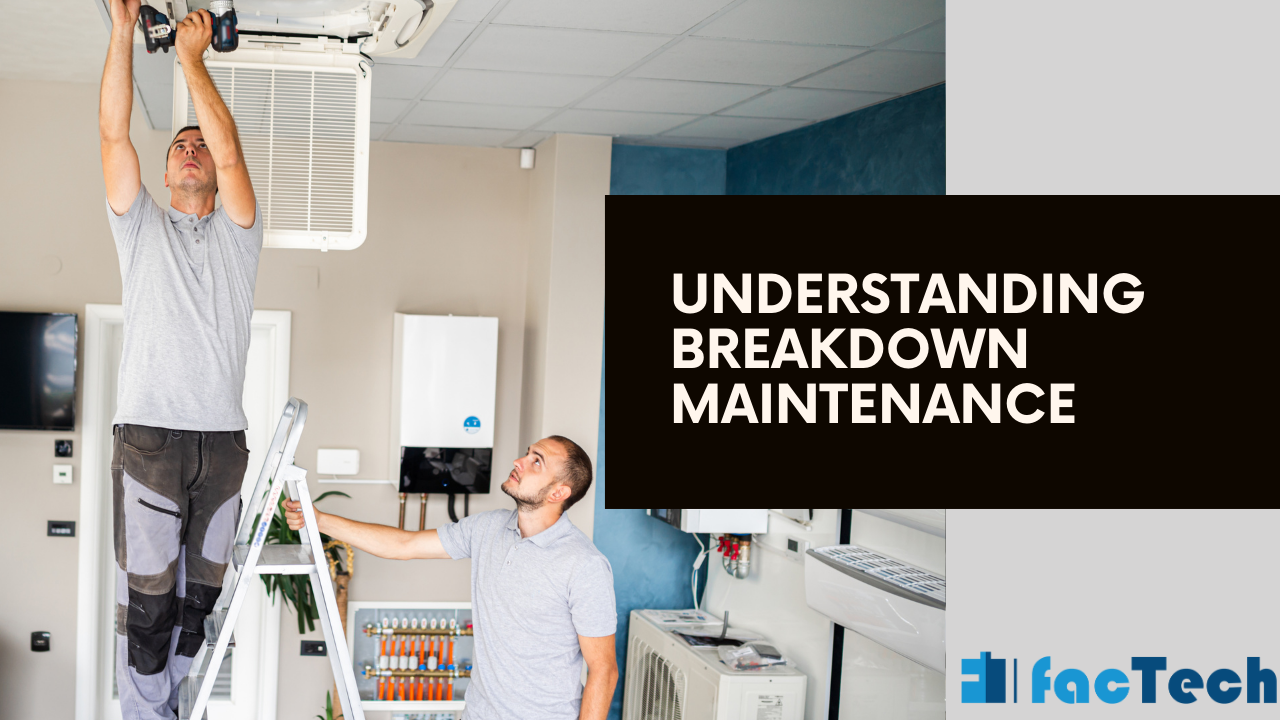

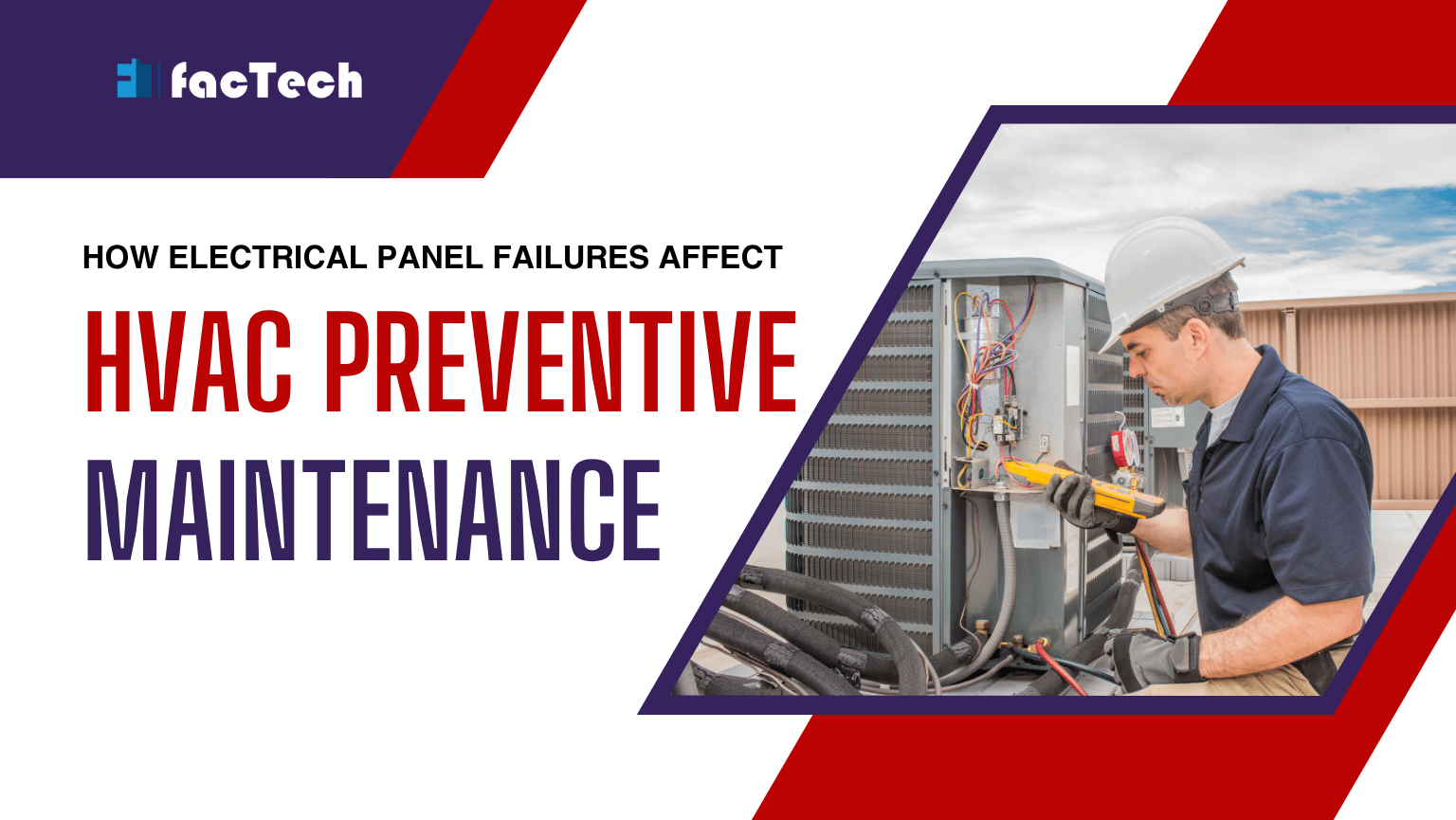
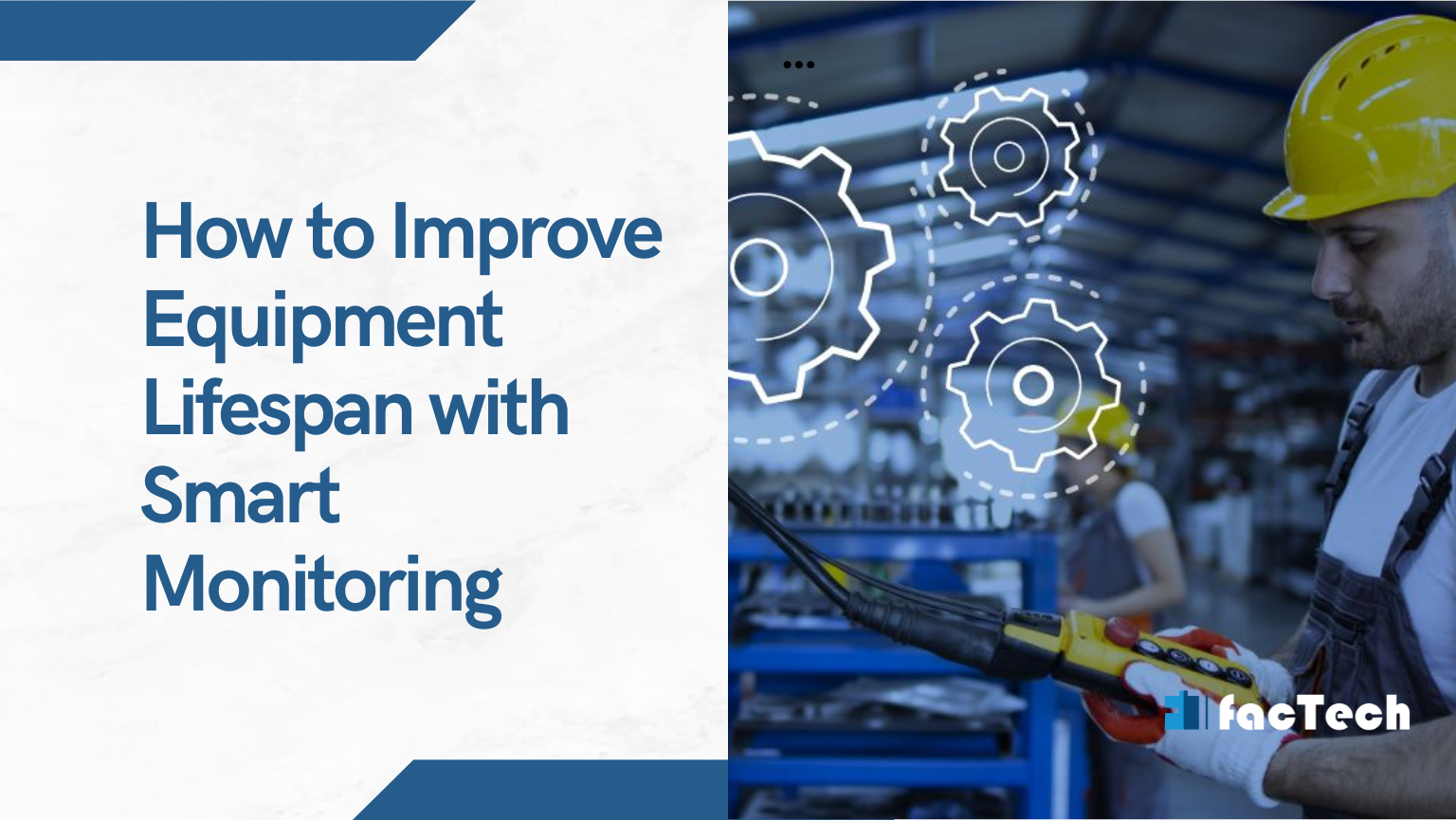

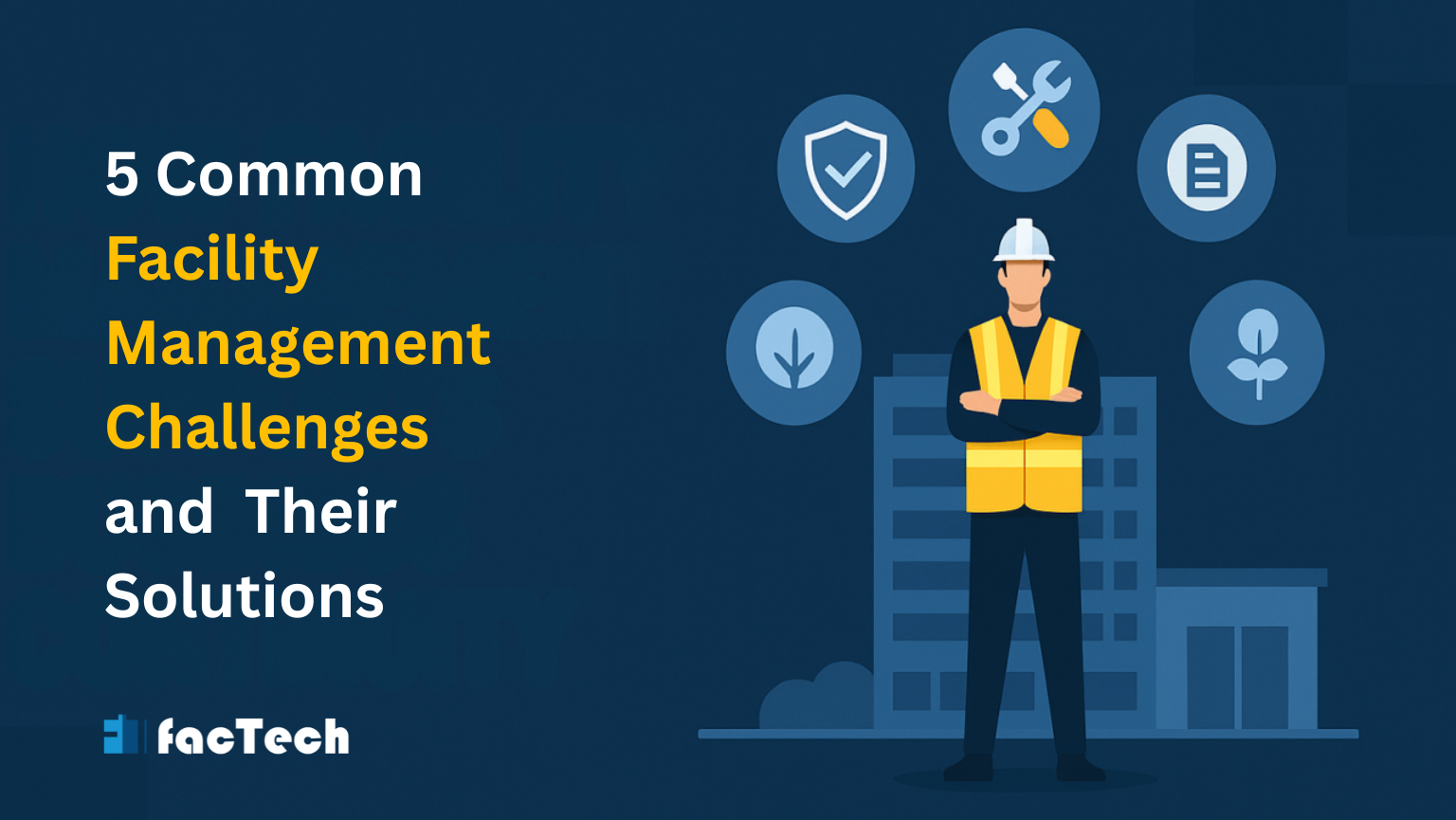
Leave a Comment